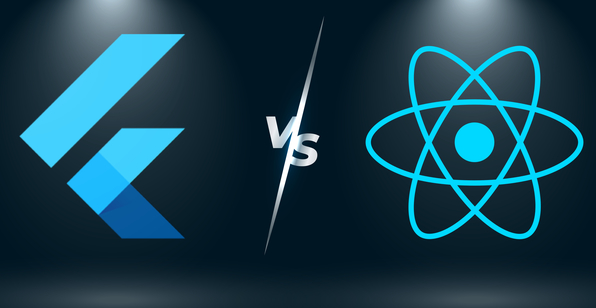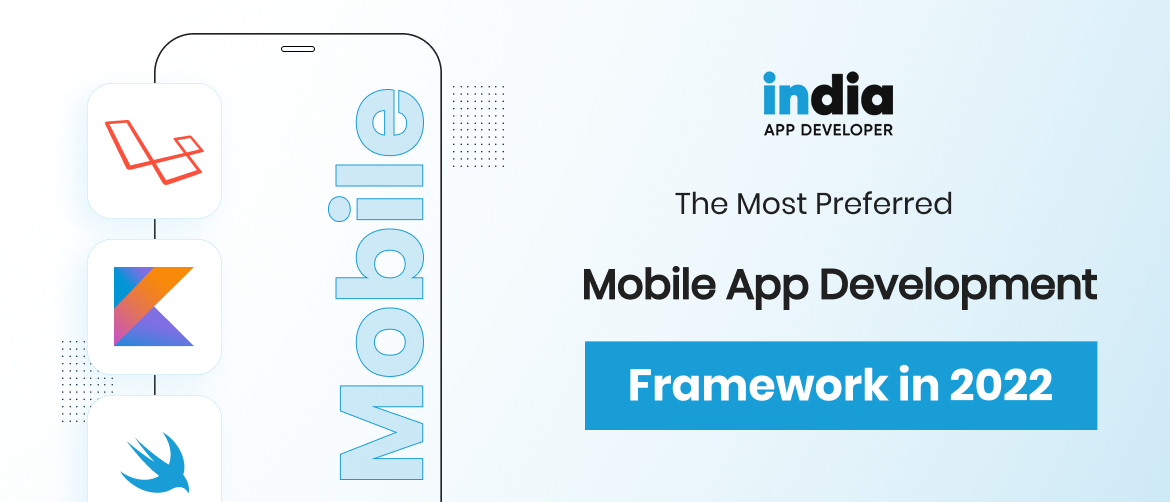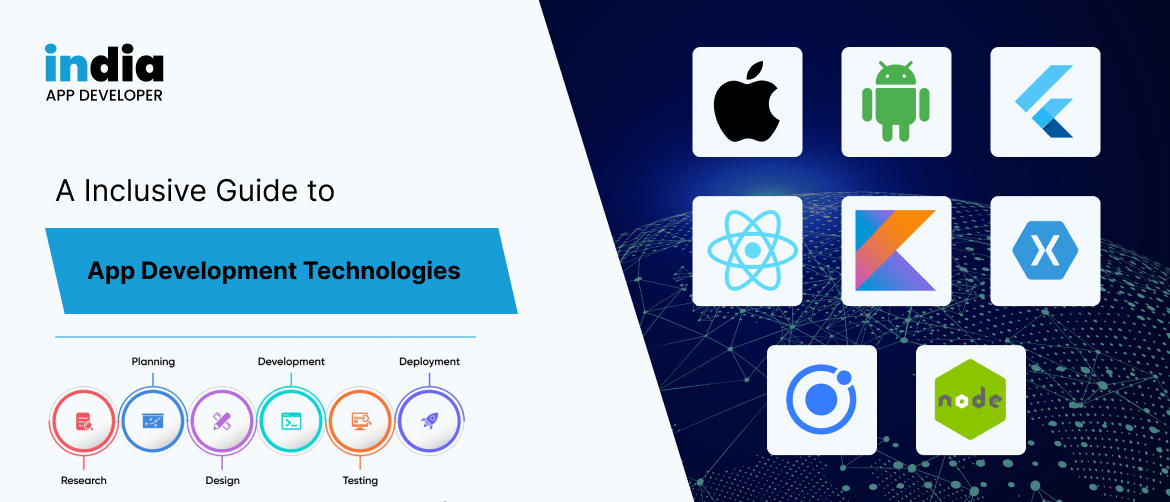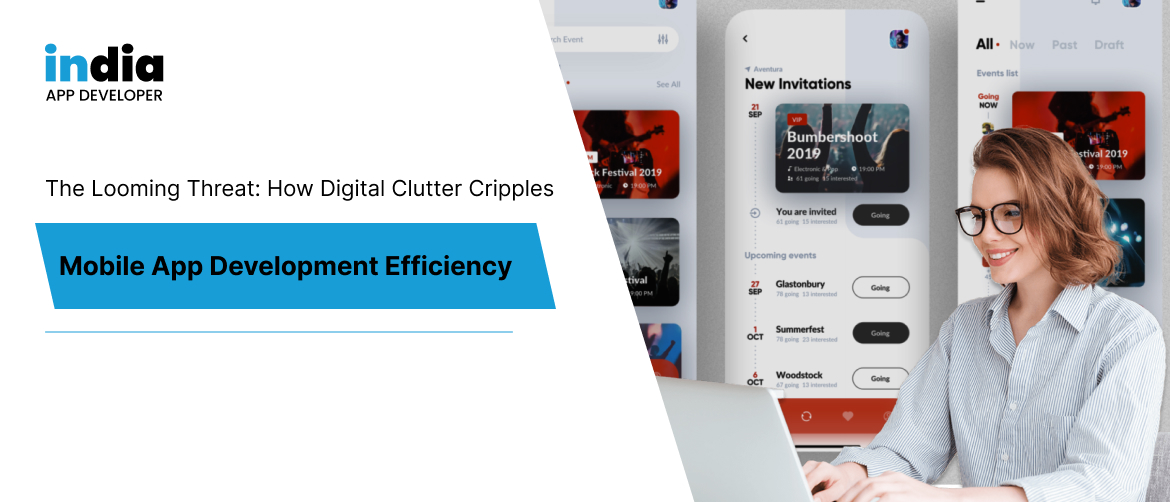In 2023, the most popular mobile application development frameworks will be Flutter and. React. Let’s see which is the best Mobile App Development Frameworks.
Cross-platform development is an inevitable component of app development in order to reach a huge targeted plan in a short span of time. This is a very cost-effective way to develop your own platform. This is because you do not build programmes for each operating system separately.
Trending Mobile App Development Frameworks for 2023
The cross platform development progresses quickly because all the codes of the system are reusable for developers. This implies that users can reuse the same code inside the same application as well as in different apps and programs.
As a result, developing programs and applications, making use of flutter and react-native technology is always more cost efficient than using react-native technologies.
Additionally, cross-platform development frameworks are getting more adept at imitating the behaviour of native OS platforms via the use of native UI components.
The most obvious competition between two technologies that cover the application development market is between React Native and Flutter. While React Native has long been the uncontested monarch of cross-platform application development, a Flutter development organization has discovered that the framework is superior at generating fast-paced native and cross-platform user interfaces.
Let’s have a look on the benefits and drawbacks of these two widely used mobile application Technologies.
Flutter:
Flutter is a powerful user interface development toolkit that is used to create both iOS and Android app frontends. It caused quite a commotion in 2017 when it threatened React Native’s supremacy in cross-platform development. Despite all of the attention, and popularity that Flutter has gained, it has an equal number of pros and cons in itself.
Read Also: Flutter App Development Tools
Pros:
- Flutter is the most powerful and well-equipped cross-platform development framework available as it consist everything an application needs to run properly.
- Flutter inclines the development process by providing a slew of ready-to-use user interface widgets and toolkits.
- In contrast to prior cross-platform frameworks, Flutter applications can operate on web, desktop, and mobile OS platforms such as iOS and Android.
- Flutter promotes progressive development methods by using a modular development model that makes use of the MVP technique.
- Both the Android Studio IDE and the Firebase backend enable Flutter applications.
- Flutter makes use of Dart, a small-footprint, object-oriented, and functional programming language with clean and lean code.
- Flutter includes a number of ready-to-use testing tools to help you get started quickly.
- The quick reload functionality in Flutter allows developers to test the performance of their apps immediately after making code changes.
Cons:
- In comparison to other cross-platform frameworks such as React Native, Flutter can compile up to 20% native code.
- Flutter features a large number of widgets, which adds to its size. This, along with the small footprint of the Dart language, can lack the expected result of app performance many times.
- Due to the fact that Dart, the language on which Flutter is developed, is less well-known than JavaScript, new developers can encounter a learning curve.
- Flutter is a relative newcomer to the developer community, having released in 2017. As a result, there is no substantial development community at the moment.
React Native:
In the year 2014 React Native was launched in the market, and has quickly become the de facto standard for all types of mobile app development, especially those that need simultaneous deployment on iOS and Android.
React Native is a user interface development toolkit that can be used to create cross-platform applications. Despite its incredible versatility and ability to build applications quicker and more affordably, the framework offers an certain benefits and drawback:
Pros:
- With React Native, developers can reuse up to 85 percent of their software across platforms, resulting in lightning-fast development.
- React Native can be used in conjunction with native or platform-specific user interface layers to provide a genuinely native user experience on both the iOS and Android mobile operating systems.
- React Native has a robust collection of pre-built templates and components for developing iOS and Android applications.
- JavaScript, React Native’s foundational language, has established itself as the most popular and well-established technology, with a flat and manageable learning curve.
- Over the years, many commercial enterprises have adopted React Native in a diverse range of app projects, and it is backed by an enormous and unmatched community.
- To assist with app testing, React Native includes a broad array of debugging and testing tools.
- The hot reload capabilities of React Native allows developers to examine code changes in real time, allowing developers to do app maintenance and upgrades more quickly.
Cons:
- Due to the fact that React Native is only a user interface library, it lacks the comprehensive instructions found in the framework that can assist developers throughout the Mobile app development Frameworks.
- Depending on the design and feature set of the app, React Native projects need up to 20% to 30% native code, necessitating a solid understanding of native programming.
- A bridge is required to link React Native to the native UI layer. As a result, the performance and development time of the application is impacted.
- To include various features and capabilities, React Native significantly depends on a range of third-party APIs.
Read Also: React Native App Ideas
Flutter Vs. React Native : Which One to Choose in 2023?

Hence these were the pros and cons of React Native and Flutter frameworks. Now let’s have a look at the two technologies across key areas of application development.
Programming Languages:
- Flutter is written in Dart, which is a kind of programming language. For app development, React Native makes use of the well-known and time-tested JavaScript programming language.
- At runtime, React Native can compile dynamic JavaScript code to the native app’s user interface layer. The remainder of the code can be created and executed by the virtual machine for the application.
- Due to the fact that Dart is a general-purpose programming language, it promotes a lean and straightforward development style. The language has a number of qualities that make it well-suited for a variety of applications, including web and mobile applications.
Architecture:
- When it comes to the design of these two frameworks, each has two sides of advantages and disadvantages.
- Flutter is written in Dart, a programming language that incorporates data architectural concepts such as abstraction, inheritance, encapsulation, and polymorphism. Flutter uses the Dart bridge architecture to communicate with the native layer, resulting in quicker performance.
- The architecture of React Native is Flux, which has MVC-like capabilities. Additionally, Flutter supports unidirectional data flow, which is a useful feature.
API for Components and Development of User Interfaces:
- Both provide a robust set of ready-to-use user interface components and APIs.
- React Native makes use of third-party libraries to get access to native user interface components.
- Flutter itself is pre-loaded with a huge library of native module components. Hence the need of accessing third party libraries is eliminarted.
Developer Productivity:
- In terms of development ease and productivity, React Native seems to have the upper hand.
- Due to the fact that React Native is written in JavaScript, it is supported by all IDEs, giving developers more flexibility and convenience.
- Flutter is written in Dart, a programming language that is supported by a number of IDEs and text editors. This may complicate matters for certain developers and limit their flexibility.
The Community’s Assistance:
- React Native now enjoys the advantage in terms of community support, but Flutter is rapidly catching up.
- React Native was the first framework to be published. It’s popularity also lasted for a long period of time. As one would anticipate, it has a sizable development community across all platforms.
- Despite its late arrival, Flutter quickly gained recognition and popularity, and it now has a fast growing developer community.
App Evaluation:
- There are significant variations in terms of app testing between these two development options .
- For app development, React Native mainly depends on third-party integration and testing tools.
- Flutter has its own testing framework, which supports unit, widget, and integration testing.
Automation of Development and Deployment:
- React Native falls short of Flutter in terms of automated development and deployment.
- Because React Native does not give rules, developers must figure out how to automate distribution across platforms on their own.
- By contrast, Flutter provides ready-to-use deployment tools through the CLI, as well as detailed documentation to assist developers throughout the deployment process.
Support for DevOps and CI/CD:
- DevOps practices, such as Continuous Integration (CI) and Continuous Development (CD), are gaining popularity in application development. Flutter far outperforms React Native when it comes to enabling these techniques.
- There is no official documentation for setting up Continuous Integration/Continuous Delivery for React Native app projects.
- Flutter comes with its own set of continuous integration and app testing criteria. It’s fairly simple to do the same thing with the Flutter CLI.
Conclusion
As seen in the above comparison, both Flutter and React Native offer their own set of benefits. The differences are taken into consideration only if you want to build a certain kind of application. Each is exceptional in its own right when applied to the appropriate software project. So if you are also opting to develop your organizational based mobile app development Frameworks Get in touch with us at India app developer and hire our professional and experts app developers India to bring your idea into reality.
 +1 647 637 9108
+1 647 637 9108 +1 917 477 8991
+1 917 477 8991 +61 3 9013 3988
+61 3 9013 3988 +91 93281 27044
+91 93281 27044

























